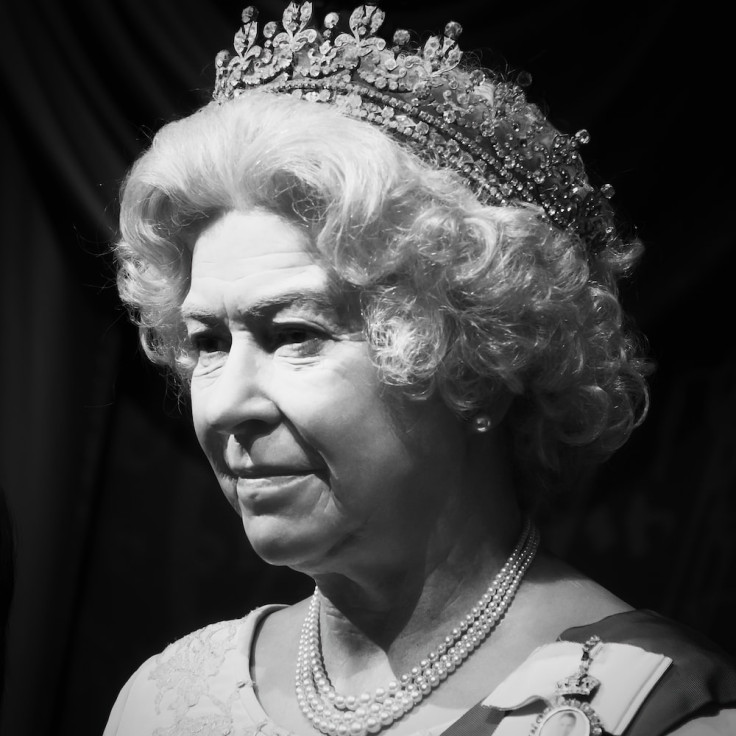How Queen Elizabeth's Final Days Indicated Her Death Was Imminent
The Thursday night skies turned starless and somber for the people of Britain when Buckingham Palace announced the death of the longest-reigning monarch in British history, Queen Elizabeth II. As former U.K. Prime Minister Boris Johnson puts it, she was a bright and shining light, and with her death, that light was gone.
While her passing marks a significant change in the British monarchy, it was not something the world didn't see coming. Despite the 96-year-old giving her all to carry on with her royal duties during the pandemic, it was evident that her health was already starting to fail her.
Concerns surrounding the late Queen's deteriorating condition started with what the Palace described as "episodic mobility issues" in late 2021, and had turned into a hot topic on social media over the last few months.
Just a week prior to her death, photos of a frail and bruised Queen Elizabeth using a walking stick during her last public appearance made the rounds online.
In hindsight, the events in her last days were an indication that the end was imminent for the beloved monarch.
Here's a look at the Queen's final days before her death:
She missed the Braemar's Highland Games
The Braemar's Highland Games was one of the monarch's much-loved summer events, and it was something she would rarely miss. The only times she missed the event were when it conflicted with her other royal duties, particularly overseas tours. However, the Palace announced on Sept. 2 that she will not be attending the event and would instead send Prince Charles on her behalf.
She sent off former PM Boris Johnson at Balmoral, not Buckingham
It had been a tradition for Queen Elizabeth to give a proper sendoff to the outgoing Prime Ministers of Britain. In fact, she had ushered in no less than 14 Prime Ministers at Buckingham Palace during her reign.
As Johnson concluded his controversial time in office, the frail Queen still made it a point to bid farewell to him, but in a break with tradition, she did it at Balmoral Castle, and not Buckingham Palace.
The formal appointment of Liz Truss as the new PM was a private event
Shortly after Johnson's departure, Queen Elizabeth appointed the new U.K. Prime Minister, Liz Truss. However, the monarch welcomed her into the role like never before, with Truss having to travel to Balmoral Castle to be formally appointed.
Queen Elizabeth reportedly opted to do the formal appointment at Balmoral, where she only used to spend her summers, due to mobility issues. The official welcome was also changed to a private affair for comfort.
She postponed the Privy Council meeting
One day before her death, Queen Elizabeth called off the virtual Privy Council meeting on the advice of her doctors. "After a full day yesterday, Her Majesty has this afternoon accepted doctors' advice to rest," Buckingham Palace said in a statement.
It was unclear what the condition of the monarch was at the time, but the Queen canceling an important meeting with her senior governmental advisers was extremely rare unless it was due to something serious.
She prompted her dear family to come to Balmoral
As the doctors placed Queen Elizabeth under medical supervision hours before her death Thursday, it was reported that all of her children made their way to Balmoral estate to stay by her side. Her grandsons, Prince William and Prince Harry, also rushed from Britain to Scotland to be with their ailing grandmother.
Queen Elizabeth fulfilled her royal duties until her final breath. After canceling her meeting with the Privy Council on Wednesday, it was thought that the Queen would spend the rest of the day easing up on her duties—but she did not. She made the time to share a statement on the series of stabbing attacks in Saskatchewan, expressing her sincerest condolences to the victims.
In the 96 years she sat on the throne, Queen Elizabeth II not only made a name for herself as the longest-serving head of state, but built a legacy that would transcend the boundaries of time.

© Copyright IBTimes 2025. All rights reserved.





















